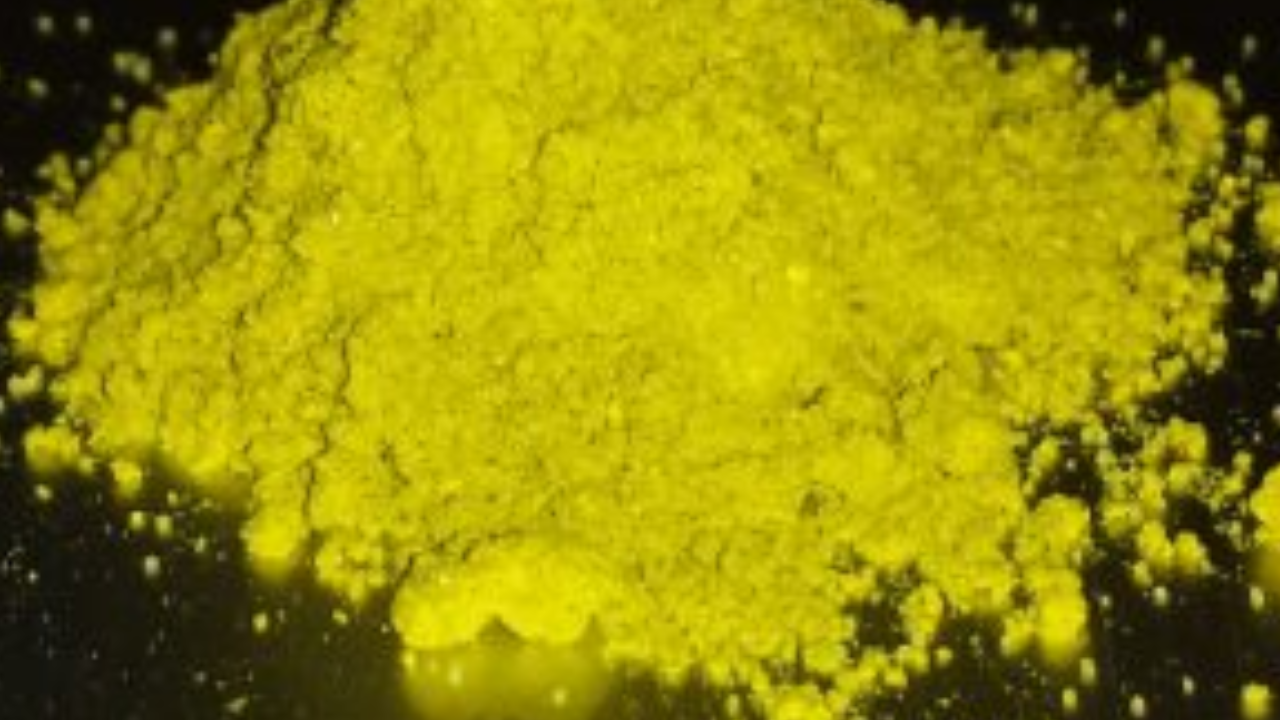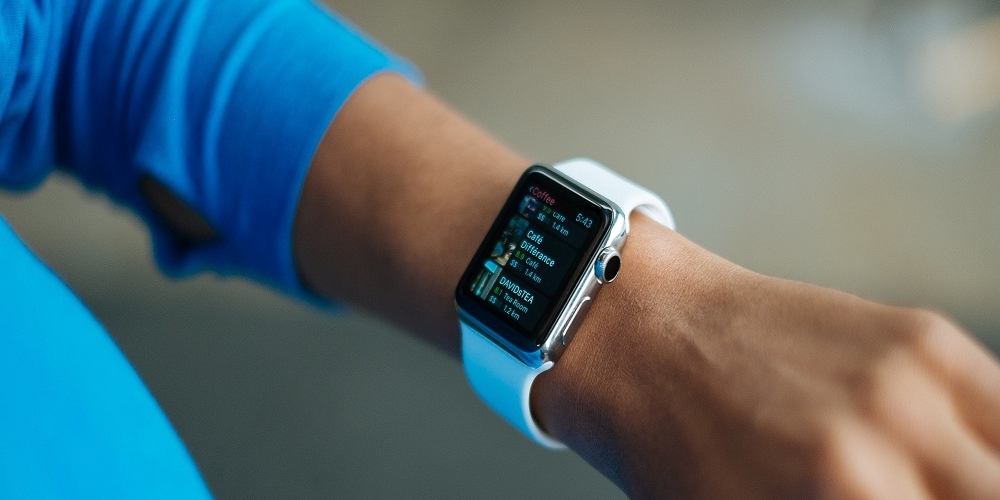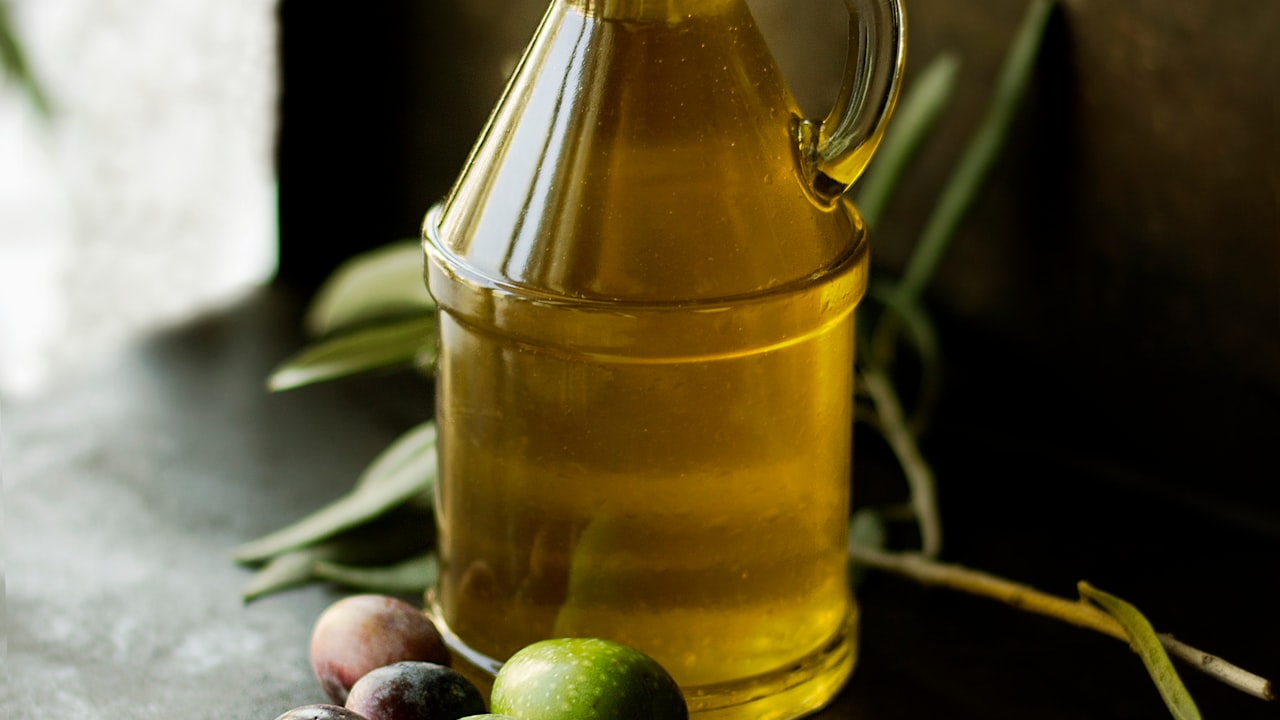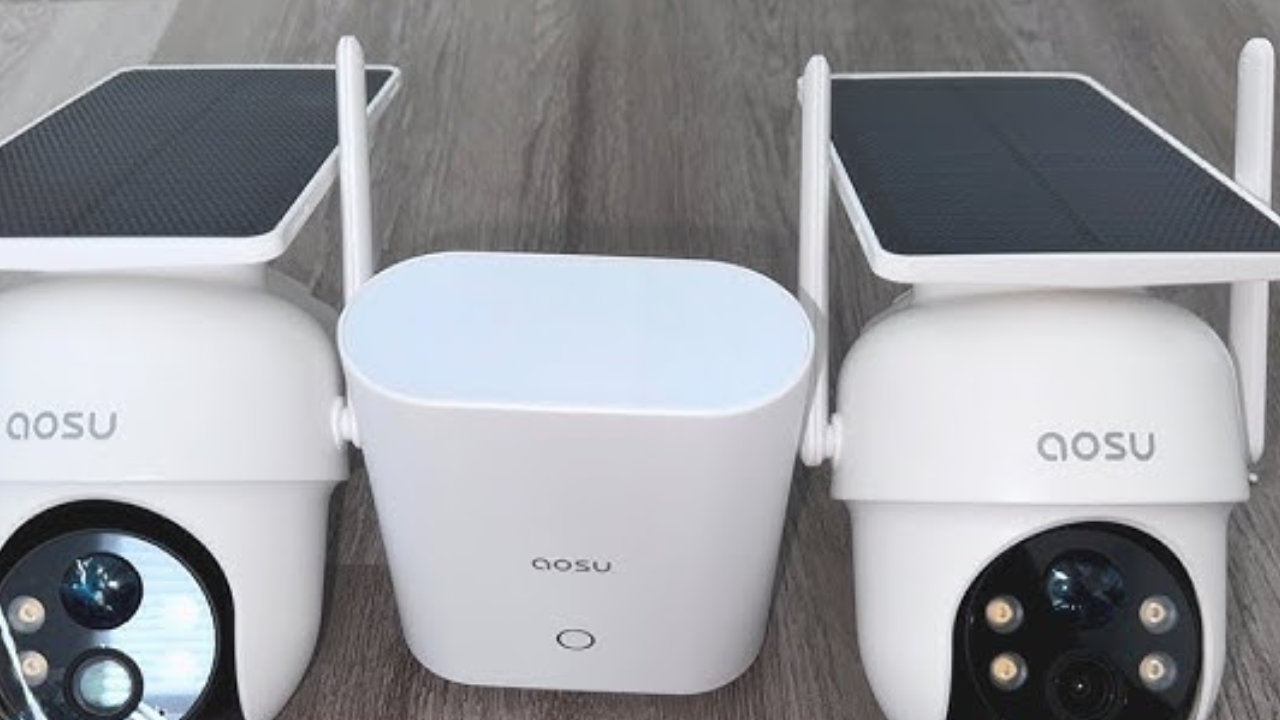Recycling plastic bottles is important for controlling plastic waste and selling sustainability. At the heart of this operation is specialized recycling equipment, made to address various stages of turning used plastic bottles into reusable assets. One basic arrangement includes the removal of sediment and other contaminants from the plastic bottles.
This stage ensures that the reused plastic is clean and of high quality, reasonable for making modern items. The method incorporates unpacking, rolling, name expulsion, sorting, pulverizing, high-speed grinding cleaning, drift cleaning, and debris removal. Each step is imperative for maximizing the effectiveness of reusing and guaranteeing the generation of high-quality reused materials.
Plastic Bottle Recycling Equipment Removes Sediment
Plastic bottle reusing equipment effectively removes sediment through a multi-step handle. This incorporates unloading, rolling, name removal, sorting, smashing, high-speed grinding cleaning, coast cleaning, and debris expulsion. Each organization guarantees that the plastic bottle recycling equipment is completely cleaned, creating high-quality fabric for unused items.
Unpacking
The primary step in the reusing process is unpacking. Waste plastic bottles frequently come compressed in bunches to spare space during transportation. The unloading organization includes breaking open these parcels to plan the bottles for consequent handling.
Rollers
Once the bottles are unpacked, they pass through a series of rollers. These rollers are designed to smooth the bottles, making them easier to handle within the next stages. Smoothing the bottles moreover makes a difference in dislodging a few of the free soil and debris that will be connected to the bottles, starting the cleaning preparation.
Removing Labels
Labels on plastic bottles are regularly made of paper or plastic and can meddled with the reusing prepare in case not removed. The recycling gear uses different strategies to remove these names, counting mechanical disturbance and discussing division.
Sorting
After name removal, the bottles are sorted. Sorting is a vital step since it separates distinctive sorts of plastic. Progressed sorting systems utilize optical sorters that can distinguish and isolate bottles based on color and sort of plastic.
Crushing
Once sorted, the PET bottles are nourished into pulverizing machines. These machines utilize effective edges to crush the bottles into smaller pieces, known as drops. Pulverizing not as it were decreases the volume of the plastic but moreover, increases the surface zone, making the ensuing cleaning stages more successful.
High-Speed Friction Cleaning
High-speed grinding cleaning is an imperative arrangement within the silt evacuation handle. In this organization, the plastic drops are subjected to serious grinding in extraordinarily outlined cleaning units. These units utilize turning paddles or brushes to scour the flakes, expelling earth, sticks, and other contaminants.
Float Cleaning
Following high-speed friction cleaning, the pieces experience coast cleaning. This organization exploits the thickness contrast between plastic and contaminants. The pieces are put in water, where lighter contaminants float to the surface and heavier ones sink to the foot. The clean plastic flakes, which have a particular density, stay suspended in the center.
Junk Removal
Debris removal is an essential portion of the reusing process. After drift cleaning, any remaining expansive debris is expelled using screens and channels. These gadgets capture bigger particles that were not separated in the past stages. Guaranteeing that all debris is evacuated at this organize is vital for the quality of the ultimate item.
Post-Consumer PET Bottle Recycling
The ultimate cleaning stage in plastic bottle recycling includes extra cleaning steps to meet the stringent quality necessities for food-grade PET pieces. This frequently includes multi-stage washing and extra color sorting equipment to ensure the most noteworthy level of purity.
Quality Control and Preparation for Reuse
Once the PET flakes are altogether cleaned, they are subjected to quality control measures to guarantee they meet the desired standards. The pieces are at that point dried to expel any remaining dampness, making them prepared for advance handling. In a few cases, the clean drops are nourished into a granulator to be made into pellets, which can be utilized to deliver unused PET bottles or other plastic products.
Conclusion
The removal of sediment from plastic bottles is a complex but basic portion of the recycling preparation. Progressed plastic bottle recycling equipment is outlined to handle this errand effectively, guaranteeing that the reused PET pieces are of tall quality and reasonable for reuse. By incorporating stages such as unpacking, rolling, name expulsion, sorting, smashing, high-speed contact cleaning, drift cleaning, and flotsam and jetsam expulsion, these machines play a vital part in advancing supportability and diminishing plastic squander.













